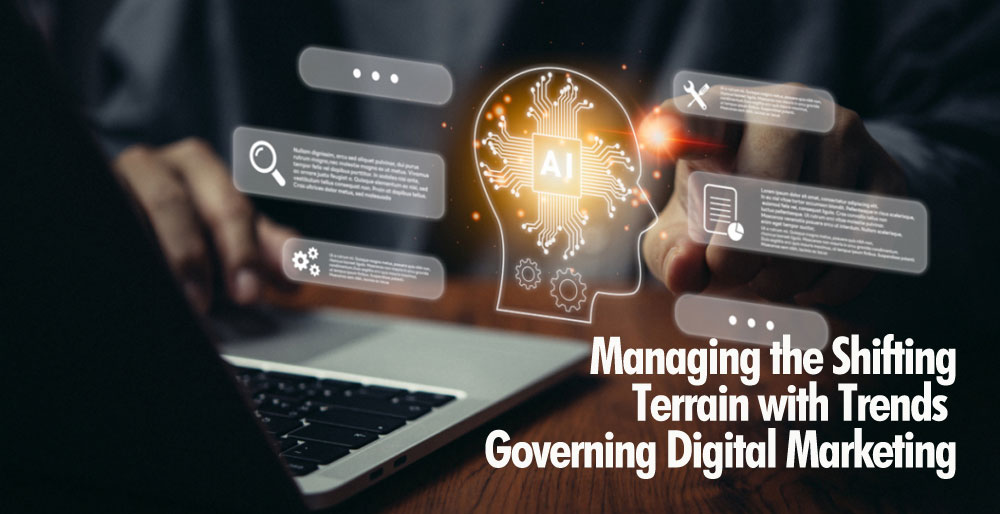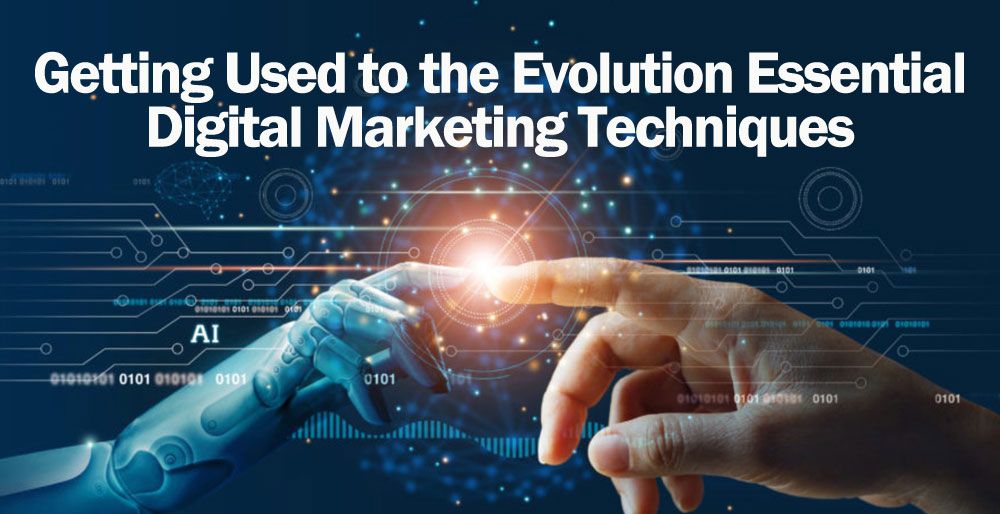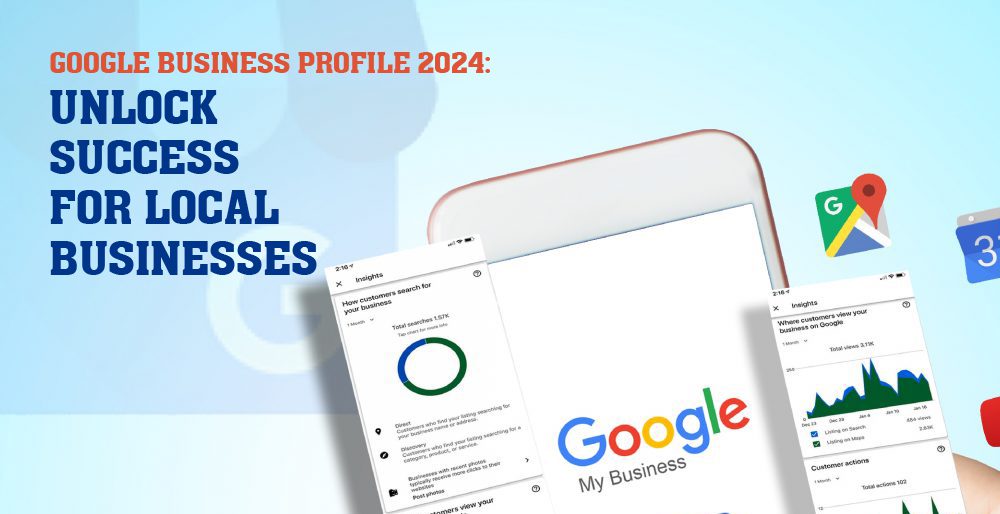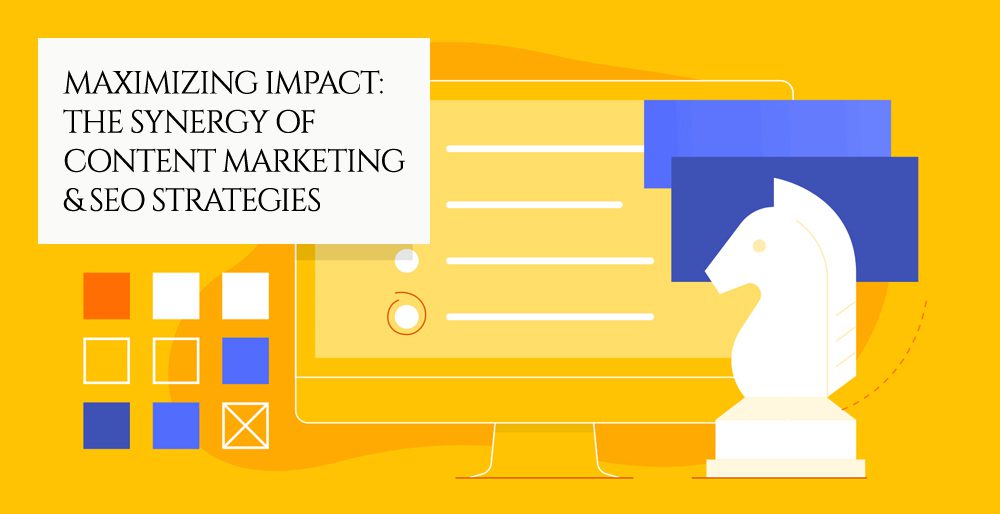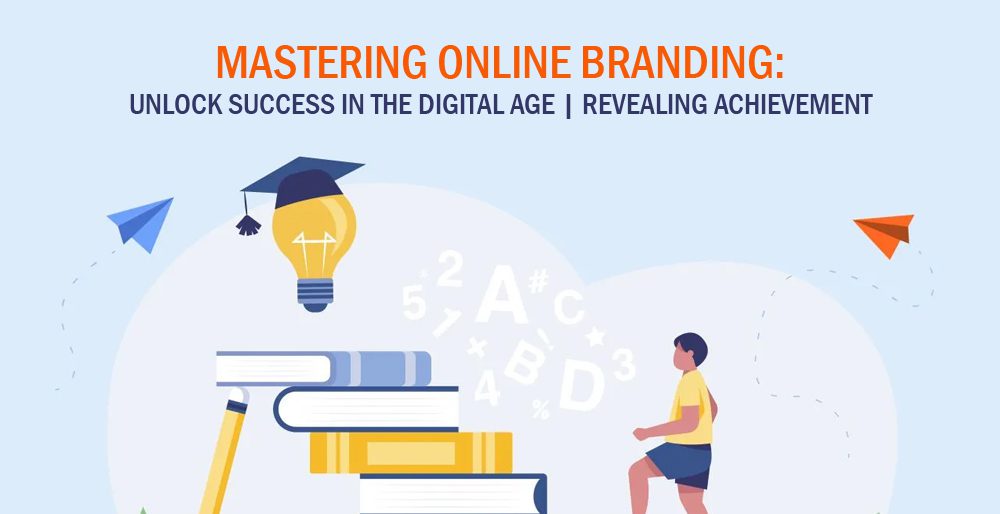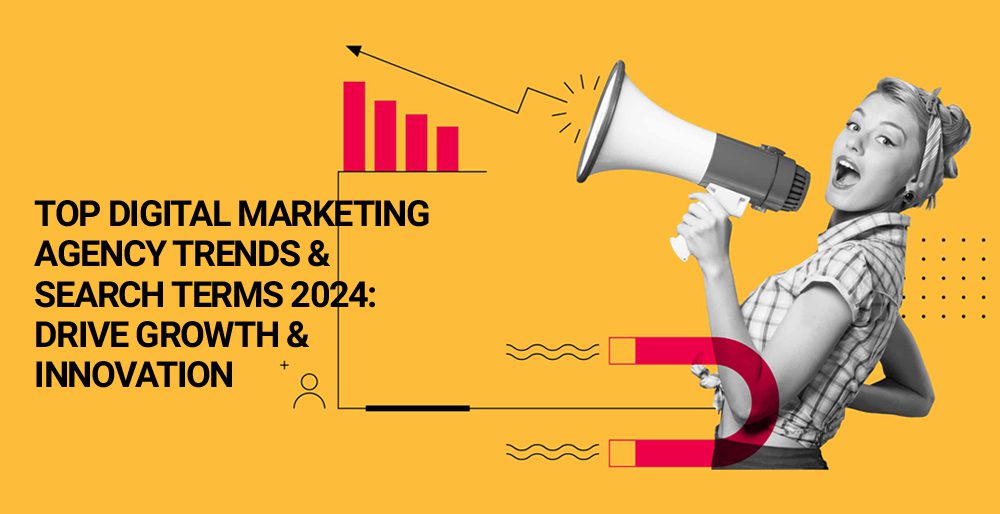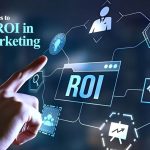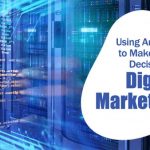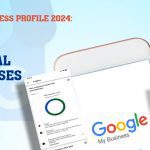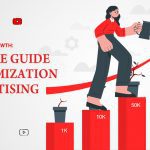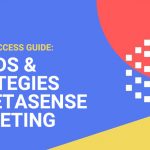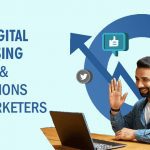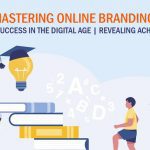
Discover why SaaS marketing stands out from traditional marketing approaches. Learn the key challenges and successful strategies that make SaaS companies excel in a competitive digital environment.
The job of a SaaS marketer is challenging. It’s hard to market. Is it possible to market something without a physical presence? How about marketing something that changes constantly? Is there something you can market that has a goofy name? Do you want to market something that only about 20 B2B companies will be interested in? Do you want to market something that has no meaning to most people?
We think you get the idea.
There are no shortcuts to success in SaaS marketing. The task is challenging. In addition, it is fundamentally different from virtually every other type of marketing in the world.
Here are some of those differences we would like to point out. There’s something else I’d like to do, though.
In this blog, we will explore some of the inherent advantages of SaaS marketing, which may help you in your marketing efforts.
How Does SaaS Marketing Differ From Traditional Marketing?

A SaaS business is different from a traditional product-based business in that software is not a tangible item. Facebook and LinkedIn don’t work for pitching it, and influencer marketing doesn’t work either.
It is also more difficult to convince a user that your tool deserves to be a part of their daily routine than to convince a shopper to buy a shirt.
Besides, that, are digital products any different from physical ones as far as marketing goes?
Basically, yes.
SaaS models rely far more heavily on ongoing subscriptions than retail models that generate revenue from single, one-time purchases.
Even though many SaaS products are technically B2B, their sales cycle follows a distinct, three-step pattern:
- The process of acquiring new users
- Getting those users to become paying customers is monetization
- Customer retention is the process of keeping paying customers around (i.e. customer retention).
Unlike marketers at more traditional companies, SaaS companies shouldn’t focus their efforts solely on acquisition.
Based on Price Intelligently’s analysis, monetization and customer retention both showed greater impact from 1% improvements when compared to customer acquisition.
SaaS marketing differs from other marketing in the following ways:
The product is intangible:
Over the past few decades, technology has advanced dramatically. Data processing, how we view the world, and how we interact with it have all changed as a result. In addition to how medicine is used, education is provided, and businesses are run, technology has also changed the way they operate. Although humans are hyper-aware of change, they sometimes resist it.
Digital products have also been subject to this resistance.
The reason for this is quite simple. Digital products do not give people a sense of ownership since they can’t feel them. The reason people prefer physical products is that they are more expensive. Rental products, however, are not subject to this rule.
Whether people rent physical or digital products, they will spend the same amount of money.
Netflix, digital textbook rental services, and SaaS businesses will benefit from this news.
Applications that are complex and niche:
Companies that provide SaaS solutions tailor their solutions to specific industries and businesses. The technical and complex nature of SaaS solutions explains why they are called SaaS solutions. The features and execution of SaaS solutions differ. Since the software is designed for a specific niche, it is surrounded by jargon and industry buzzwords.
Sales cycles that are short:
With the exception of a few enterprise solutions, SaaS products have short sales cycles. As new features are added frequently, such cycles are necessary. You can convert a customer within a short period of time if you have short sales cycles. Customer information must be provided in a short time so that they can make an informed decision. Customers expect SaaS services to be delivered quickly. The customer expects to receive information promptly, make a purchase, and have access to the service.
Updating constantly is necessary:
SaaS solutions can be difficult to understand because of their technical aspects. The short sales cycle makes marketing the product even more challenging. The result is that you have to continually educate yourself and your clients on new features and updates in SaaS products. In every industry and vertical, there are many channels that create educational content about SaaS solutions. Even so, it can be tiresome to constantly educate yourself.
For SaaS marketing success, follow these steps:
Storytelling for brands:
Brand storytelling is an important part of the marketing strategies of big brands like Nike, Apple, and Airbnb. Marketing strategies for SaaS businesses should incorporate storytelling. You can attract your target demographic by including brand storytelling in your SaaS marketing strategy.
In addition, it builds relationships with customers and converts them into customers. Additionally, it distinguishes your company from others in the SaaS industry.
For SaaS marketing, here are some numbers to consider:
- Sales are boosted by 30% by storytelling.
- When facts are woven into a story, people are more likely to remember them.
- When a brand shares its values, 89% of shoppers will remain loyal.
- There is a 61% preference among consumers for companies that create unique content
- With consistent brand presentation, revenue can be increased by 33%.
Content creation for education:
Educating and informing customers is the goal of most SaaS businesses. This is due to the technical and complex nature of SaaS products. SaaS businesses can provide their consumers with high-value content by creating educational content. It also helps SaaS businesses explain their products and new features to customers.
When you provide educational content such as guides, tutorials, etc., your customers will have a better understanding of the product before they purchase it. By doing this, you can attract your target audiences as well as build up trust and a community among them.
In addition, you can use such content to engage your customers and audiences. You can have your target audience comment on your content, save it, and share it by using the correct CTA (call to action).
SaaS marketing: acquiring and retaining customers:
Expanding a business requires acquiring new customers. That’s why it’s so important to bring in new customers. On average, conversion takes eight touch points. Keeping your customer in sight is, therefore crucial. Re-targeting, email marketing, and social media interaction all fall under this umbrella.
A business’s sustainability depends on customer retention. Customer retention is much easier than customer acquisition. Loyal customers bring more to the table than those who are new.
Additionally, keeping an existing customer is 25 times cheaper than getting a new one. It is more likely that your existing customers will buy your new products, leave reviews, and advocate for you.
Evaluation of freebies/premiums and prices:
Giving a user a taste of the actual product through a free trial or premium is the best way to convert them. Giving out free trials/freemiums for tangible products is difficult. SaaS businesses, however, have an advantage over traditional businesses in offering free trials. Customers can use and understand the product free of charge or as a premium with limitations. As well as serving as a trial period. SaaS solutions can be evaluated before users decide whether or not to purchase them. Because you are promising them additional value before investing, this is a great way to acquire customers.
There is a growing sophistication and empowerment among SaaS buyers:
Before contacting sales, potential SaaS buyers typically do their own research on web pages and forums (and a salesperson may not even be involved, depending on the service being offered). 74% of today’s B2B buyers research online before speaking with a salesperson, according to Forrester.
Having a great online reputation and providing quality content becomes extremely important for their research. Quickly responding to leads provides them with an idea of what customer service will be like after they make a purchase.
An average buying group of 6-10 people can be found in B2B SaaS purchases. When evaluating a purchase, it’s important to provide content that answers each of these people’s questions.
SaaS has really exploded in the past few years, with more than 34,727 software products listed across 745 vertical industries in 2018, according to G2 Crowd. As a result, competition between them is becoming increasingly aggressive, and ad spending must be constant and aggressive in order to compete.
Buyers of SaaS face unique challenges compared to non-SaaS buyers:
There are also privacy concerns to consider. To prevent the spread of confidential information, the cloud-based solution must be secure and have policies and procedures in place to protect data. This is why companies should do their research before purchasing SaaS products that handle sensitive data.
When replacing or buying a new SaaS product, potential buyers analyze implementation complexity. Multidisciplinary teams may be involved or external specialists may be hired. If incorrectly implemented, data can be lost, processes can stop working, or compatibility issues may arise.
Depending on the solution, pricing can vary significantly: it may be based on company size, number of users, frequency of payments, functionality, or even a combination of all of these factors. It is possible that some SaaS products will become more expensive as time passes, as more users, functionality, and other aspects become necessary. Because of this, companies have to make complex decisions because their future needs and requirements may differ.
In order to ensure target buyers have all the information they need to make informed decisions about their problem and decide if your solution is the best fit for their situation, all of these challenges must be taken into account when creating a marketing strategy for these products.
Sophisticated Buyers: Overcoming Customer Acquisition Challenges:
- In order to answer fundamental questions and adapt to every stage of the buying cycle, SaaS companies should continuously create quality content for leads.
- Providing excellent customer service and answering prospects’ questions quickly are essential for SaaS companies.
- As a result of such a competitive market, SaaS companies need to constantly improve their systems, listen to their prospects, and benchmark their competitors.
- Companies must be able to respond honestly to their leads’ concerns, and answer their questions in a helpful and friction-less manner.
Do SaaS Marketing Goals And KPIs Differ From Traditional Marketing Goals?

Cloud-based products make it possible to track and measure pretty much any activity. By aligning sales and marketing processes, you can gain a better understanding of your leads and their journey, and measure your investment’s ROI. You can also use it to shape your product or service’s selling process.
Lead engagement and sales processes can be optimized and standardized through marketing automation processes based on different interactions with your leads and potential customers.
How can SaaS companies measure their success?
- Revenue Recurring Monthly (MRR)
- Value of a customer over their lifetime (CLTV)
- The cost of acquiring a customer (CAC)
- Recovering acquisition costs in months
- CCR (Customer Churn Rate)
- Retention Rate of Customers
- Stages of the life-cycle of leads
- Rate of leads to customers
- NPS (Net Promoter Score)
What Are The Differences Between SaaS Companies And Traditional Marketing Companies?
SaaS companies generally have a different technology stack than “traditional” companies, in that they have to manage more complex systems that integrate internal and external processes, manage multiple clients at different stages of their life-cycle, and use multiple communication and advertising channels that can add value to the funnel if they are integrated.
To complete their sales and marketing stack, SaaS companies will likely use different products based on their size and complexity.
In the following examples, we’ll compare the marketing stack of a SaaS company with a more traditional service provider:
- As a SaaS company, a cloud-hosted graphic design program.
- Franchise barber shops are typically better suited to traditional marketing strategies since they provide in-person services.
Communicating internally:
SaaS Company:
SaaS companies usually rely heavily on developers (who implement new features and resolve bugs in the system), designers (who design the product’s visual workflow and aesthetics) and project managers, who oversee the tasks and ensure the projects are completed. UX and UI designers, marketing teams, and other resources may also be needed, depending on the company’s size.
To keep track of their tasks, they use project management systems such as Asana, Trello, Base-camp, Monday.com, etc. It’s likely that they’ll also need to communicate constantly through chat systems like Slack, which is replacing much of the functionality of email in some companies today. It is also important to have an email address and an email service in order to communicate in today’s world.
A traditional marketing firm:
It is also possible to track tasks using project management systems and chat systems, but since the company is more informal and the number of people involved is higher, they are likely to invest less in these types of technologies because they are more informal about processes and may use personal messaging apps.
Web-page Management:
SaaS Company
You need a website that is relevant and easy to find if you want to succeed in a competitive market. Due to this, their website will probably have to be an advanced WordPress one or a custom one, which is more costly than one used by a company that does not rely as heavily on it.
In order to track their users’ stats, this webpage will likely require Marketing Automation systems. On our next point, we’ll talk more about this.
Traditional Marketing Company
Creating custom, expensive solutions for their webpage may not be as important as creating social media accounts. To avoid hiring a programmer/designer, they may use a site builder to modify their webpage at their convenience.
External Communication or Direct Communication With Clients:
Saas Company:
Leads will probably receive multiple touches through different channels in their communication, trying to be as comprehensive and multi-channel as possible.
A CRM and Marketing Automation solution will be most likely to be necessary for this type of company to develop more integrated strategies, which will then be able to be integrated into other key solutions such as live chat, email marketing, surveys, social media trackers, meeting scheduling programs, campaign tracking, video conferencing systems, etc.
Traditional Marketing Company:
It depends on the size, budget, and how the company manages its customers how it manages external communication. Creating reminders and scheduling appointments could be easier with this.
Although these systems provide a useful service, the cost may be too high. CRMs tailored to the needs of that type of company may be used by them.
Email marketing systems and Facebook or Whats-app Messenger are likely to be used for customer communication and appointment scheduling.
Conclusion
It is a tough job to market SaaS products. Nevertheless, when well executed, its intricacies make it incredibly rewarding.
The key to attracting new customers is to offer an amazing product paired with excellent service.
MetaSense Marketing is a nationally recognized SEO company for brands. We’ve been featured in a range of leading publications including Huff Post and MSNBC, and we’ve been rated as a top SEO agency by Up-city, SEO blog, and Expertise. Most importantly, our SEO methodology has proven to be 100% effective in increasing traffic and revenue.
Designing, building and implementing Award-Winning Digital Marketing Strategies.
Contact me directly at 856 873 9950 x 130
Or via email at : Support@MetaSenseMarketing.com
Check out our website, get on our list, and learn more about Digital Marketing and how MetaSense Marketing can help.
https://www.metasensemarketing.com
For more information and to schedule an appointment, CLICK HERE.
MetaSense Marketing Management Inc.
866-875-META (6382)
support@metasensemarketing.com

